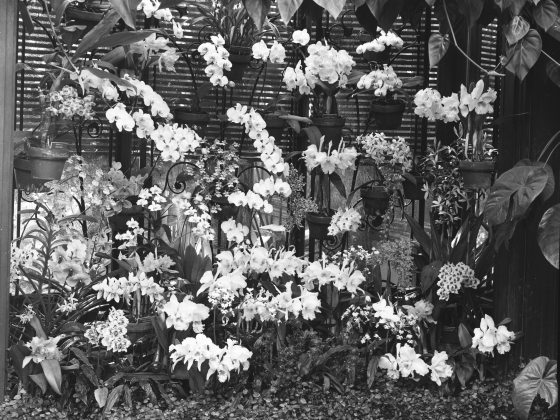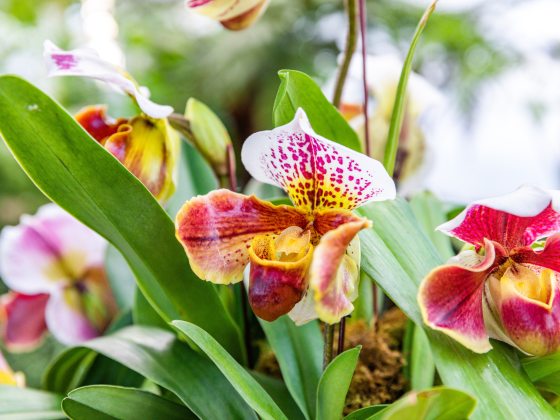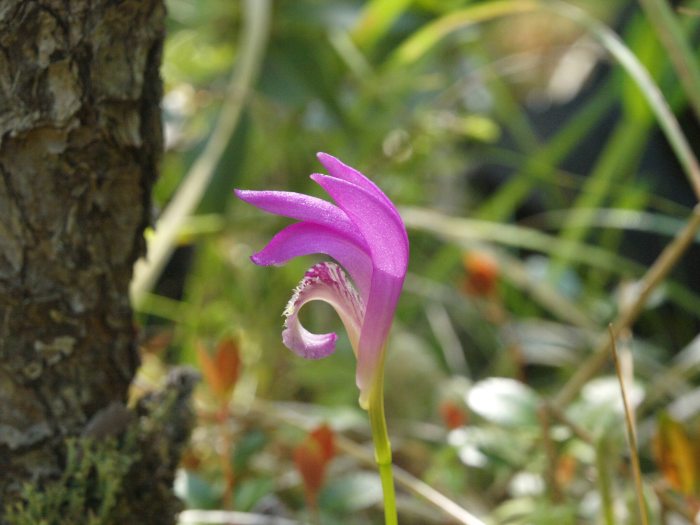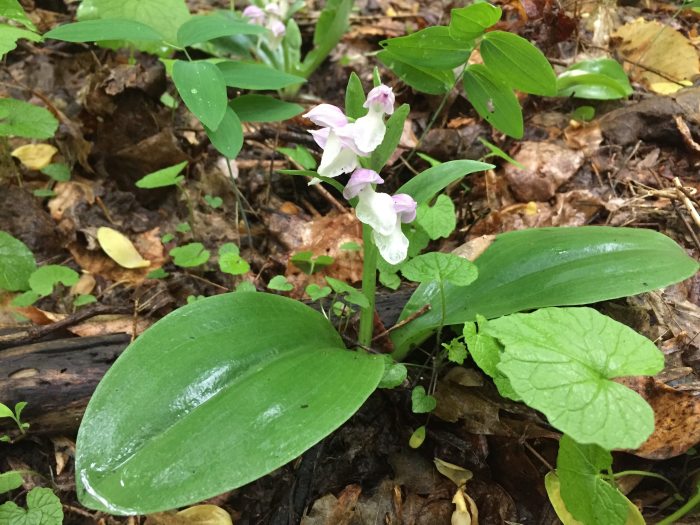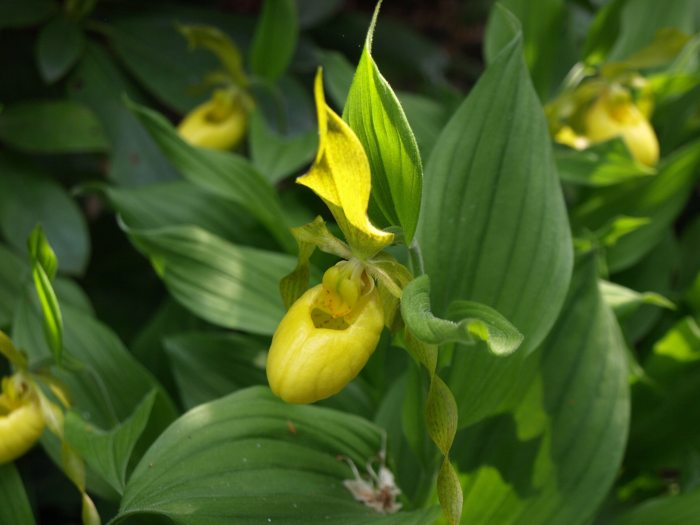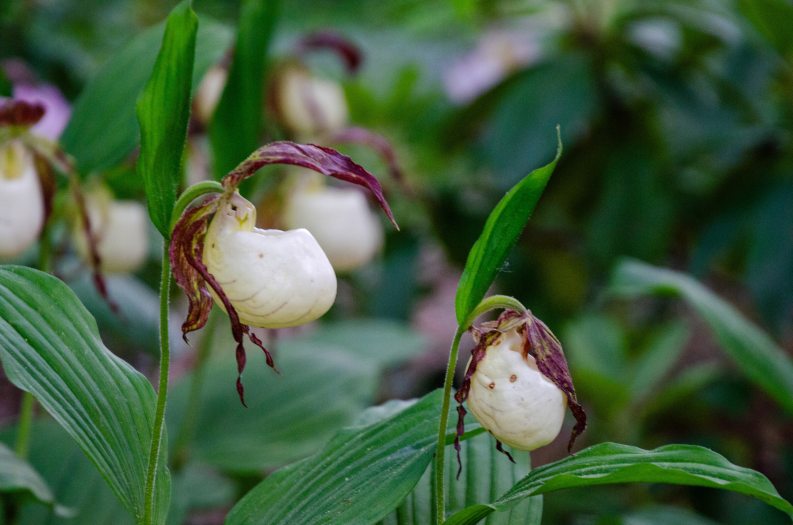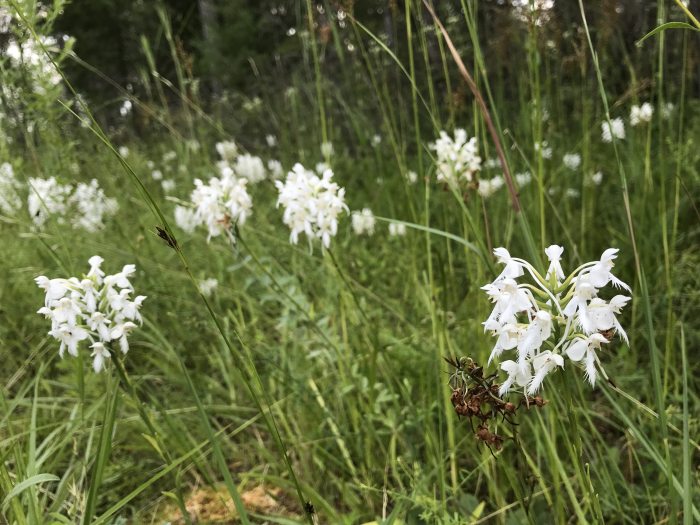Orchids are a key indicator of the health of the ecosystems in which they live. Their presence signifies a balanced and thriving environment, while their absence signals potential ecological stress.
Threats like climate change, invasive species, and habitat loss have led to the decline of orchid populations around the world, including in our own southeast Pennsylvania region. These pressures have severely impacted many orchid species, raising concerns about the overall health of our ecosystems. That is why orchid conservation is an area in which we put forth considerable effort and expertise. We are researching, discovering, and refining the horticultural requirements for orchids—with a focus on ensuring native species—and the ecosystems in which they live—continue to thrive.
We work across Pennsylvania and the mid-Atlantic with the goal of impacting the 70+ orchids species in the region, challenging the belief that it is nearly impossible to propagate native US orchids. As a starting point for this program, three different genera have been chosen: Kentucky lady’s slipper (Cypripedium kentuckiense), fringed orchids (Platanthera), and Ladies’-tresses (Spiranthes). Each group is rare for different reasons, presents unique propagation challenges, and flowers during different seasons.
Our conservation efforts are multi-faceted, combining fieldwork, laboratory research, and horticultural practices. We actively scout for orchids in the wild, collect seeds, and continue to grow and develop our orchid seed and fungal bank. Our research goal is to understand the germination requirements of orchid seeds and develop methods for cultivating orchids in our Gardens and beyond. This knowledge can then be shared and applied to other plant conservation efforts.
Orchid Conservation Spotlight: Southern Lady Slipper Orchid

After years of study and testing, we have perfected techniques to grow one of the rarest native orchids in the United States, the globally vulnerable Kentucky lady’s slipper (Cypripedium kentuckiense). Our team has been able to successfully propagate, grow, and plant this rare species in our Gardens for guests to enjoy—and even more importantly, plant them in the wild to bolster threatened populations and add new populations.
This is just one example of how we are applying our scientific expertise to orchid conservation from a regional to global scale, working with partners around the world to assess rare orchid populations and to help develop conservation plans for them.
